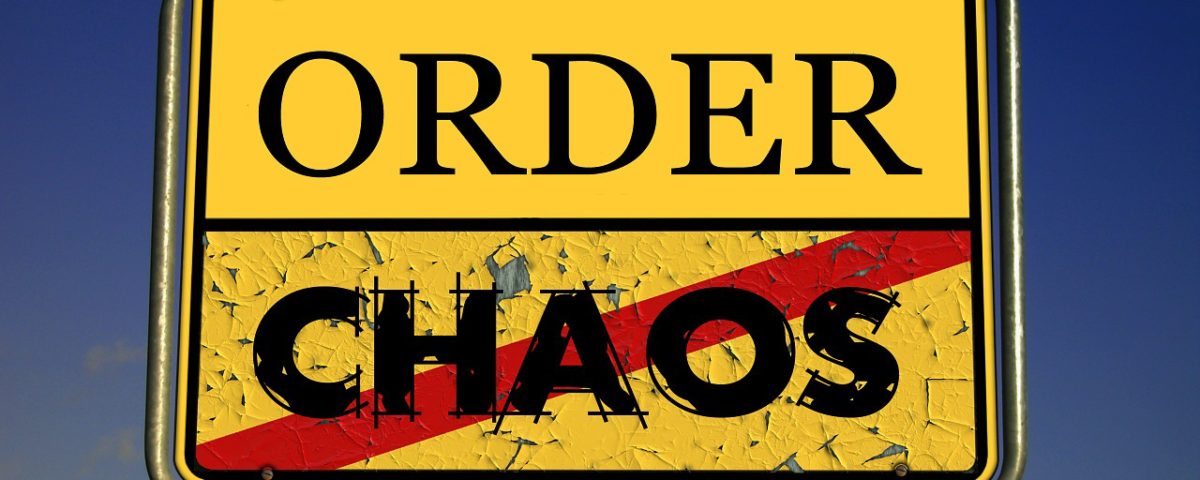Planning for Disaster, is it too late?

Power lines go down, internet goes down, a tornado rips through the server farm, or worse, damages part of your facility. How many catastrophic events can you not only survive, but also avoid a reduction in production? Does your team know how to print out a paper pick ticket now that you’ve been used to scanning for the last few years?
Contingency plans are put in place to help avoid production slowdowns as a result of impactful events. These can range all the way from “Chain of Command” issues, such as a manager, supervisor or executive gets injured or has to take an extended leave of absence; all the way to more physical contingency plans such as running a backup generator for power or switch to an internet failover line.
The better prepared you are at keeping your company running in the moment of crisis, the more value you offer your customers in terms of consistently delivering a high value of service. We would love to hear your stories about a disaster that was avoided, or one that could have been avoided with better preparation and the steps your company has taken to address these situations. Please share your stories in the comments below.

